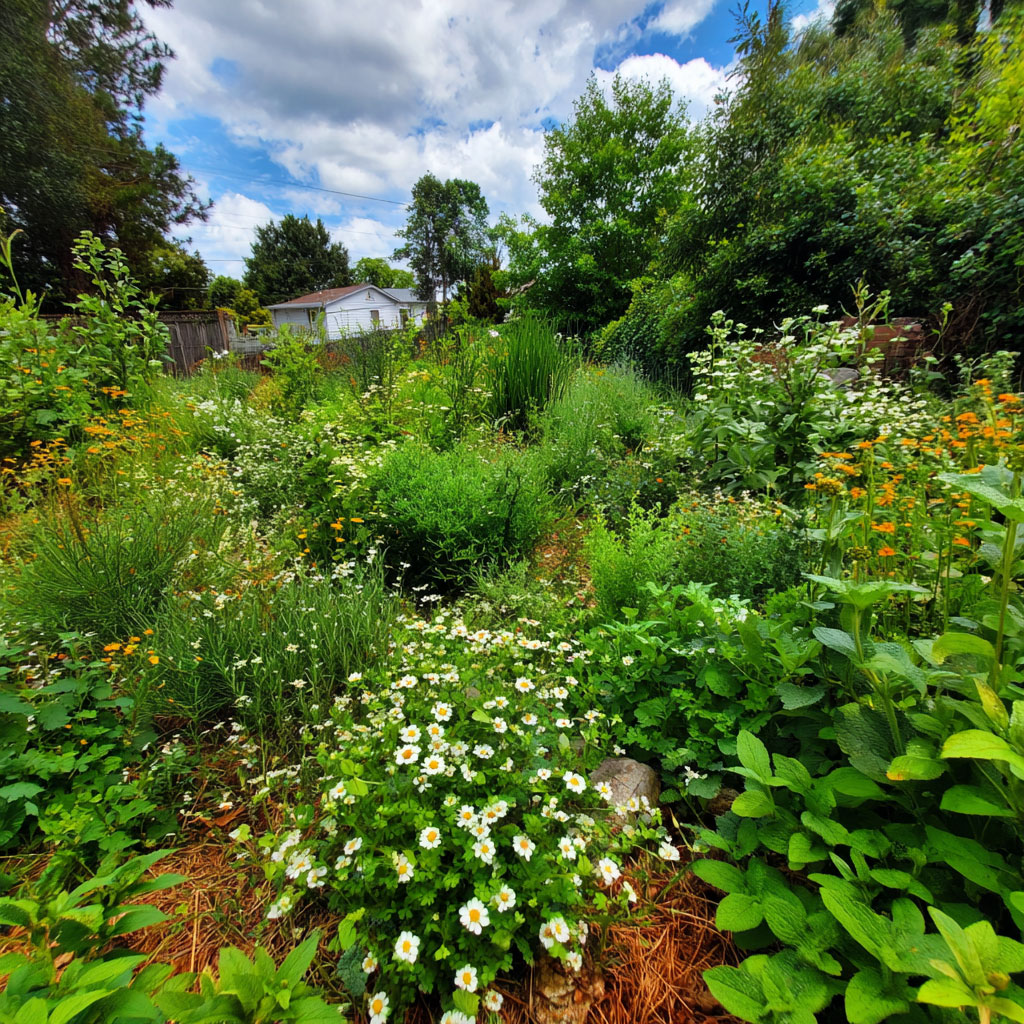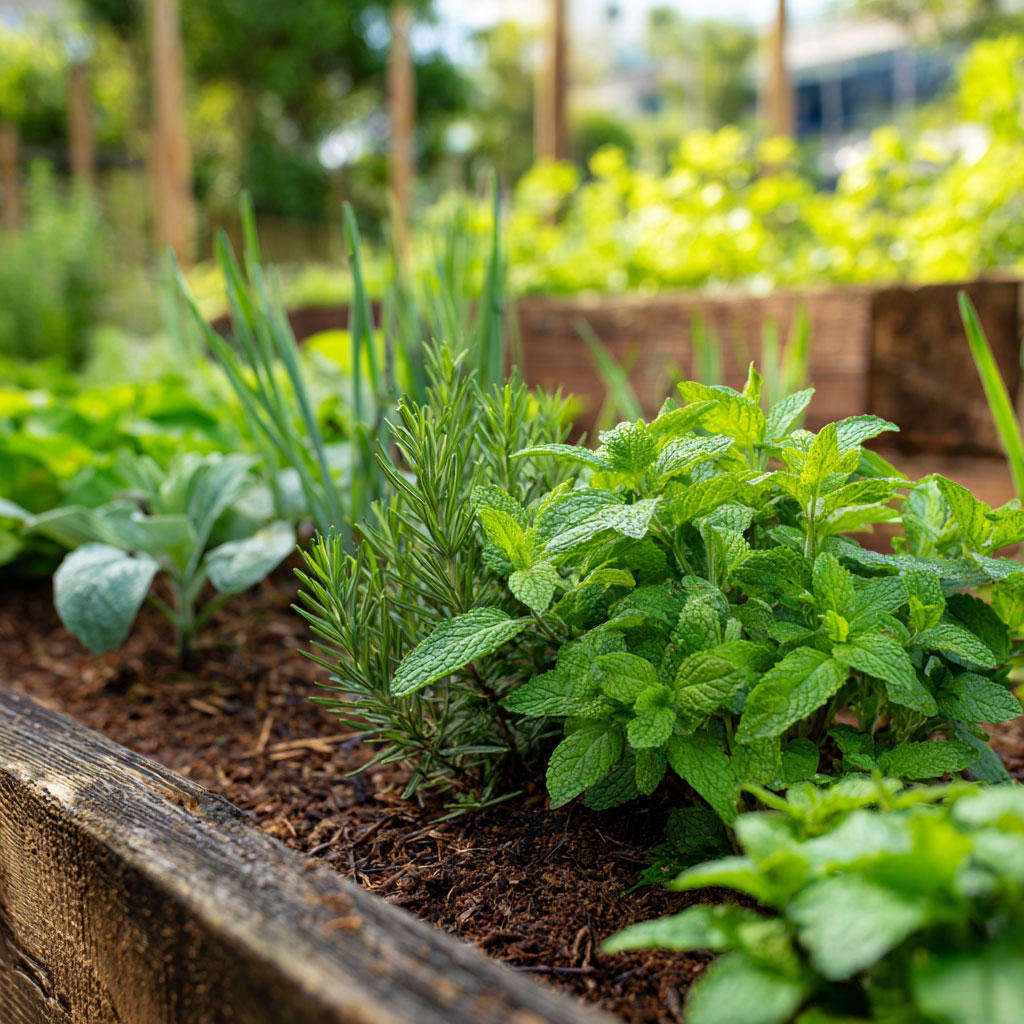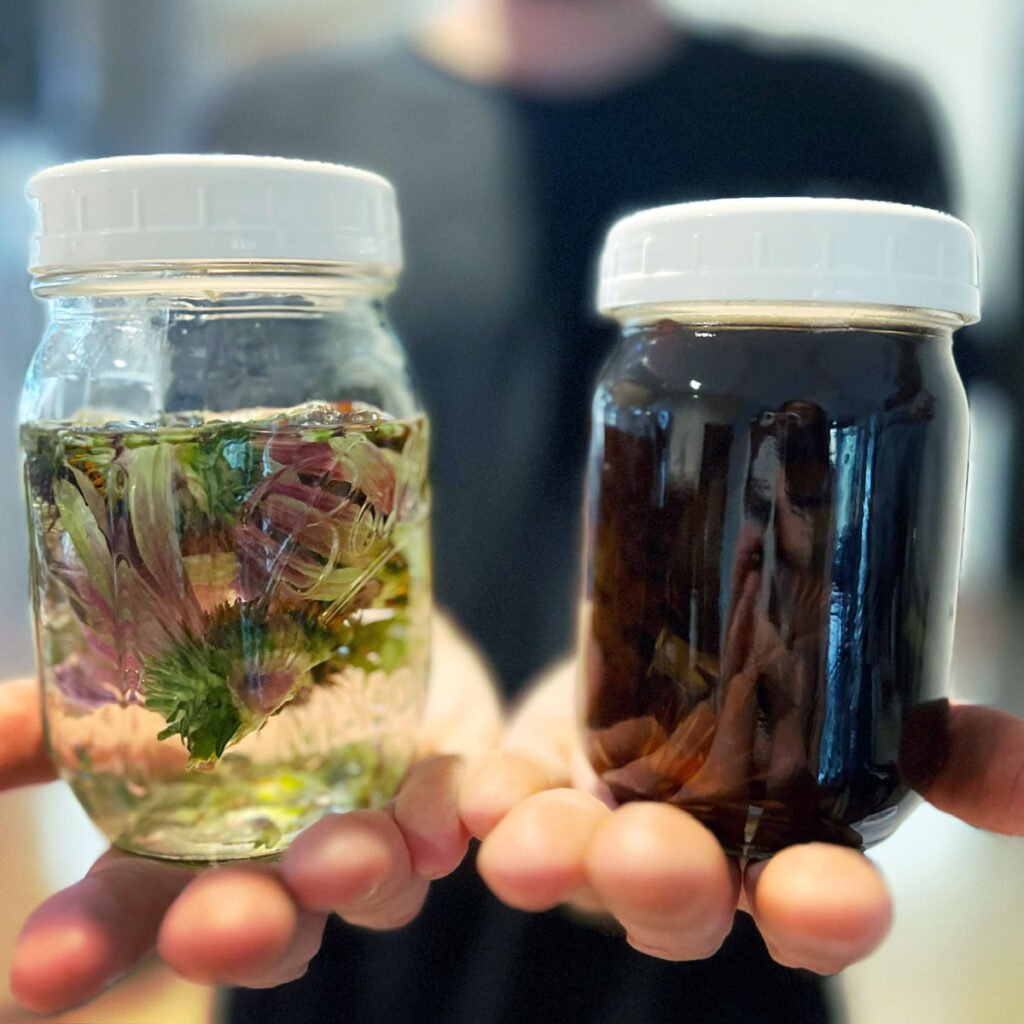garden
Deep Litter Method
Low-Maintenance Coop Cleaning System

If you’re raising backyard chickens and tired of constant coop cleaning, there’s a better way—and it’s called the Deep Litter Method. This low-maintenance system not only reduces how often you clean the coop, but it also turns chicken waste into rich, garden-ready compost right under their feet.
Here’s what you’ll find in this article:
What the deep litter method is and how it works
The biggest benefits of switching to deep litter
Common mistakes to avoid and how to troubleshoot
Step-by-step instructions to get started
Seasonal tips for success in every climate
What Is the Deep Litter Method?
The Deep Litter Method is a natural, low-effort way to manage waste inside your chicken coop. Instead of cleaning out dirty bedding every week, you allow it to build up gradually—layering in fresh bedding on top of older material as it decomposes underneath. The chicken droppings and bedding start to break down with the help of beneficial microbes, creating an in-place composting system right inside your coop.
This method works best when using absorbent, carbon-rich bedding like:
Pine shavings
Straw
Dried leaves
Hemp or other natural fibers
The key is to maintain a dry, fluffy top layer so your chickens stay clean while the lower layers work their composting magic. Over time, the mixture at the bottom turns into dark, rich compost that can be used in your garden. Not only is this method more sustainable, but it also mimics the natural forest floor environment chickens instinctively love to scratch through.
One of the big misunderstandings about the deep litter method is that it’s the same as just “letting things get dirty.” Not so. It’s an active system that requires a little attention and balance. You’re not neglecting the coop—you’re building a mini-ecosystem in there. With a little know-how and the right materials, you’ll end up with less work, healthier birds, and bonus compost.
Benefits You Can’t Ignore
The Deep Litter Method isn’t just about skipping chores (though let’s be real—that’s a big perk). It actually creates a healthier, more sustainable environment for your chickens while giving back to your garden. When managed properly, this system controls odor, insulates your coop, boosts microbial health, and turns chicken poop into black gold compost.
Here are the top reasons homesteaders swear by it:
Odor Control: When balanced correctly, deep litter smells earthy—not funky. Beneficial microbes break down ammonia from droppings, keeping smells in check.
Compost Creation: At the end of the season, you’ll have rich, garden-ready compost that saves you money and improves soil health.
Thermal Insulation: In colder months, the composting process gives off gentle heat, making your flock more comfortable.
Healthier Chickens: A stable microbial environment helps reduce the spread of harmful pathogens and respiratory issues.
Another bonus? Time. The deep litter method slashes your cleaning frequency from weekly (or worse) to just a couple times a year. Instead of scooping poop every Saturday, you’re tossing in some fresh shavings now and then—maybe with a side of scratch grain to let the chickens do the mixing. It’s low-effort, low-cost, and high-reward… just how we like it out here on the hill.
The Risks & What to Watch Out For
As dreamy as deep litter sounds, it’s not a set-it-and-forget-it system. If it’s mismanaged, you can end up with a coop that smells like ammonia soup—or worse, a sick flock. The two biggest culprits behind deep litter disasters are excess moisture and a lack of carbon-rich bedding. Both throw off the balance your composting system needs to function properly.
Keep an eye out for these common problems:
Strong ammonia smell: This means your nitrogen (chicken poop) is outweighing your carbon (bedding). Fix it by adding a thick layer of fresh, dry bedding.
Wet or soggy spots: Deep litter should feel moist like a wrung-out sponge—not soaked. Improve ventilation, fix leaks, or raise the coop floor if needed.
Dusty or dry to the point of no breakdown: You want active decomposition. If everything stays bone dry, microbes can’t do their job. Add a spritz of water and more poop (yes, really).
Some folks also use diatomaceous earth (DE) to control mites, but it can kill beneficial microbes and dry out your litter too much. It’s best to skip DE in a deep litter setup and lean into prevention through good airflow and clean feed practices. Bottom line: a deep litter coop should smell like the forest floor after a rain—not a barnyard landfill. If your nose tells you otherwise, it’s time to troubleshoot.
Step-by-Step Start-Up Guide
Ready to turn your coop into a composting powerhouse? Starting the deep litter method is simple, but doing it right from the beginning sets you up for long-term success. You’ll need the right materials, a little strategy, and a watchful eye as things settle into balance.
Step 1: Clean Your Coop and Leave a Base Layer
Start with a clean slate. Scrub out the coop and remove any old litter that’s moldy or soaked. But don’t go full scorched earth—if you’ve got some dry, decomposed bedding left from a previous batch, keep a couple inches to kickstart microbial action. It’s like sourdough starter… but for poop.
Step 2: Add the Right Bedding
Layer in 4–6 inches of carbon-rich bedding. Go for:
Pine shavings (NOT cedar—they’re toxic)
Straw or hay (though they mat if too wet)
Dried leaves
Hemp bedding (super absorbent but $$$)
The goal here is absorbency + airflow. Avoid fine sawdust (too dusty) and avoid paper bedding (gets mushy).
Step 3: Let the Chickens Do the Work
As your flock poops (ah, the glamour), continue to add bedding every 1–2 weeks—or whenever things start looking crusty. Toss in scratch grains to encourage natural turning, or give the litter a fluff with a rake every few weeks. The idea is to keep oxygen flowing and prevent compacted layers.
Step 4: Monitor the Balance
Keep things:
Dry on top: no standing moisture or sogginess
Earthy-smelling: a little funk is fine, sharp ammonia isn’t
At least 8–12 inches deep by the end of the season
When things get stinky or slimy, add more bedding. If it’s too dry and not breaking down, add moisture (just a light mist—don’t drown it).

FREE downloadable medicinal meadow herb list
I will email you a free comprehensive list of medicinal herbs organized by healing properties
Seasonal Notes & Maintenance Timetable
The deep litter method shines brightest in the cooler months, when composting action adds natural warmth to the coop and you’re not battling summer humidity. But with a few tweaks, it can work year-round—even in warmer climates. Timing your clean-outs and monitoring seasonal conditions will help you keep everything balanced, no matter the weather.
Here’s how to make it work all year:
Spring:
This is your best time for a full clean-out. By now, the litter has built up, broken down, and is full of beautiful, crumbly compost.
Shovel it into a wheelbarrow and move it straight to your garden beds or compost pile.
Scrub the coop, air it out, and restart your deep litter system with a fresh 4–6 inch layer.
Summer:
Watch for moisture build-up and flies.
Chickens produce more waste with increased water intake—stay on top of bedding additions.
Ventilation is key! You may need to fluff more often or switch to a shallow bedding system in super humid climates.
Fall:
This is prime time to start fresh with your deep litter method.
Layer up bedding in anticipation of winter and let the composting process help heat your coop naturally.
You’ll thank yourself when that first frost hits and the coop is cozy without extra electricity.
Winter:
Don’t clean! Seriously, leave it be.
Keep adding dry bedding every couple of weeks and monitor for any dampness or odor.
Enjoy the warm microclimate and minimal upkeep while your chickens stay snug and stink-free.
Simple Maintenance Timeline:
| Task | Frequency |
|---|---|
| Add bedding | Every 1–2 weeks |
| Turn/fluff litter | Every 2–3 weeks or as needed |
| Full clean-out | 1–2 times per year |
| Odor/moisture check | Weekly (nose test!) |
Keeping a seasonal rhythm makes deep litter even easier. Treat it like you would a compost pile: feed it, turn it, and know when it’s time to harvest.
Troubleshooting Common Issues
Even with the best intentions, deep litter coops can hit a few bumps on the road—smells, soggy spots, or bedding that just won’t compost right. The good news? Most problems have easy fixes once you know what to look for. Your nose is your best friend here—trust it!
Common issues and solutions:
Smell like a barnyard nightmare?
If ammonia wafts the moment you open the door, it means your nitrogen-carbon balance is off. Add a thick layer of fresh, dry bedding (pine shavings work great) and rake it to aerate the layers. Increasing ventilation or adding a small fan can also help.Wet, mushy litter?
Moisture is the enemy of deep litter. Check for leaks, spill-proof waterers, and make sure the coop floor isn’t absorbing water from outside. Adding dry bedding and turning the litter to speed drying can save the day. In humid climates, you might need to clean more often or consider partial deep litter.Bedding too dry or dusty?
Microbes need moisture to break down waste. If your litter looks dusty or isn’t decomposing, lightly mist it with water. Be cautious—not soggy, just enough to kickstart the composting process.Mites or pests invading?
Resist the urge to use diatomaceous earth inside your deep litter, as it can kill beneficial microbes. Instead, keep chickens healthy with dust baths outside and clean feeders. Regular coop checks and good ventilation deter most invaders.
Quick checklist for a happy deep litter coop:
Fresh bedding added regularly
Dry and fluffy top layer maintained
Good airflow inside the coop
Routine “sniff tests” to catch problems early
With these tips, you’ll nip problems in the bud and keep your coop running smoothly—low work, high reward.
Why Deep Litter Is a Homestead Game-Changer
The Deep Litter Method is the ultimate coop hack for anyone who wants cleaner chickens, less work, and a more sustainable homestead. It turns the dreaded daily muck-out into a seasonal chore, freeing up your time to focus on what really matters—whether that’s planting your next garden bed or just sipping a well-earned glass of wine on the porch.
Not only does this system keep your coop smelling fresh and your birds healthier, but it also recycles waste into rich compost that feeds your land, closing the loop in the most eco-friendly way. Sure, it requires a little care and balance, but once you get the rhythm, it’s practically autopilot. Deep litter isn’t just a cleaning method—it’s a small, powerful ecosystem working hard beneath your chickens’ feet.
So, if you’re ready to ditch the daily scooping and upgrade to a low-maintenance, eco-friendly coop cleaning system, the deep litter method is your golden ticket. Go on—your chickens (and your garden) will thank you.
additional posts I think you’d love!


